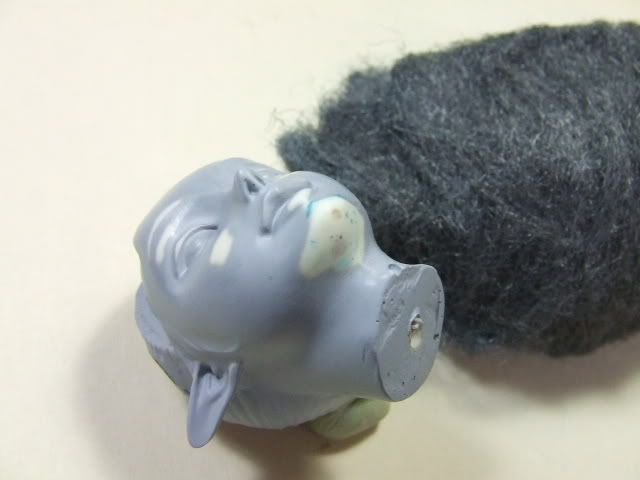Hi Dragos
Steel wool is a very fine spun metal, you may be more familiar with kitchen scouring pads like SOS pads that are laoded with soap, that is a steel wool pad, a pretty rough one. Steel wool is used by woodworkers and some metalsmiths for polishing wood and or metal to a high lustre. It comes in a big wad, we can get it here in the US at any discount store. The "000" part is the grade, the more zeros, the finer the wool, very much like the higher the number of sandpaper, the higher the lustre since it is "cutting" less. A bag will last you a few years. I use it to remove the fine residue you are finding on top of your seams.
Have a look at Usimutu's head and you see a wad of it, I use it to polish the primer and any rough spots on a prepped figure.

Any hardware store or well stocked grocery stores will even have it for a couple of dollars.
Oh, and it leaves fine metallic shavings, so be ready to sweep/ vaccuum your work area.
David
Build to please yourself, and don't worry about what others think!
TI 4019 Jolly Roger Squadron, 501st Legion